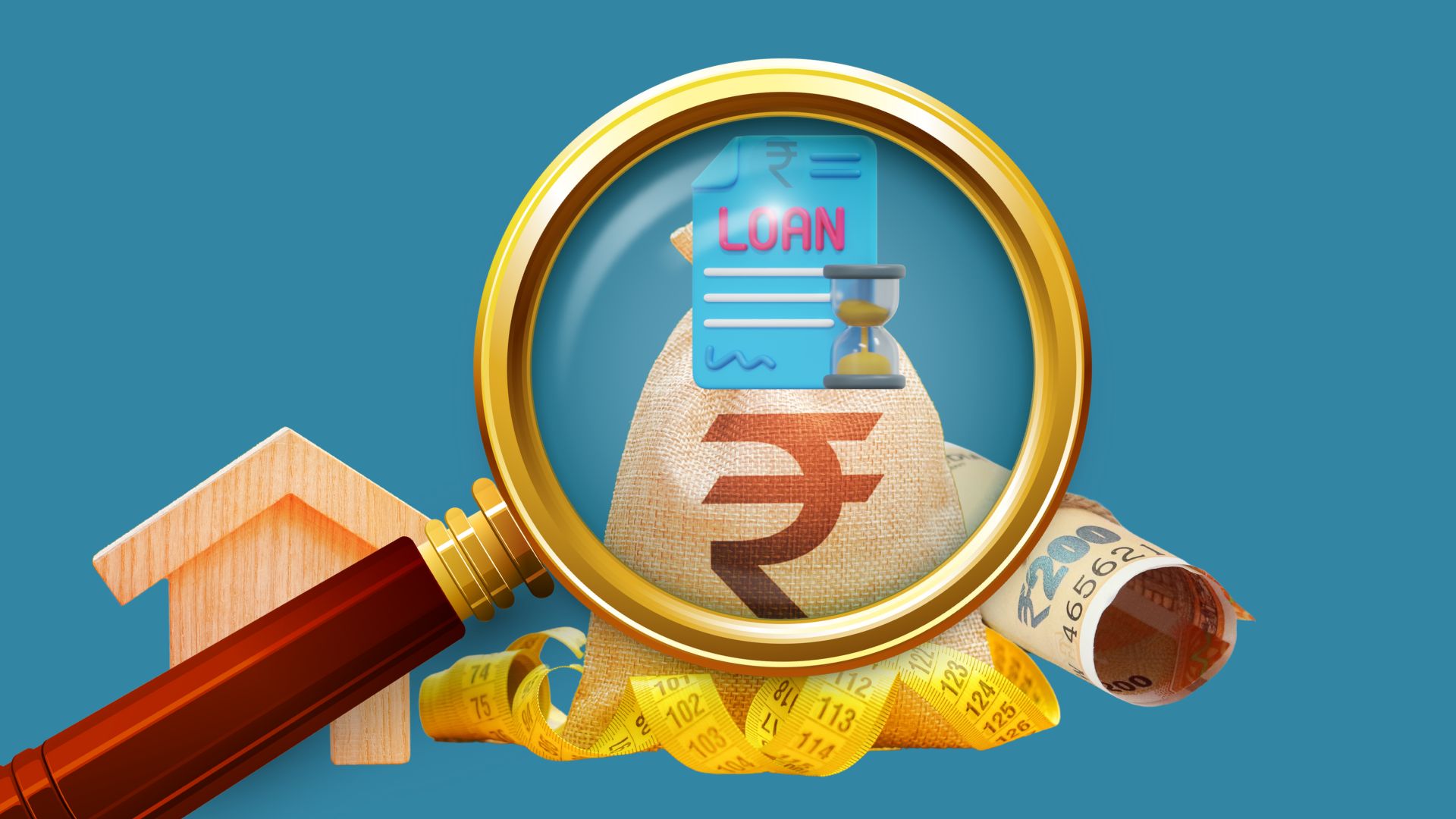Banks need to fully assess the risks and engage with the local communities and seek free, prior and informed consent before investing in projects.
 What connects the neighbourhood bank with climate change, rising temperatures, and big dam-related disasters in the Himalayas? Banks often invest the money entrusted to them in projects such as dams, mines or fossil fuel energy that have serious consequences for the environment and for livelihoods. The washing away of the Teesta Stage III dam in October, following a glacial lake outburst flood in Sikkim, has invited greater scrutiny of banks and financial institutions that continue to disburse loans for such projects despite warnings of environmental and socio-economic harm.
What connects the neighbourhood bank with climate change, rising temperatures, and big dam-related disasters in the Himalayas? Banks often invest the money entrusted to them in projects such as dams, mines or fossil fuel energy that have serious consequences for the environment and for livelihoods. The washing away of the Teesta Stage III dam in October, following a glacial lake outburst flood in Sikkim, has invited greater scrutiny of banks and financial institutions that continue to disburse loans for such projects despite warnings of environmental and socio-economic harm.
Over a quarter of Indian bank loans are still exposed to carbon-intensive sectors. India plans to increase its use of renewables by 2030. This transition may come at a cost if FIs do not evolve accountability mechanisms. Renewable energy projects, such as the Teesta III dam (hydro) or the Pavagada solar plant in Karnataka, have faced criticism from experts and have produced harmful consequences for local communities and ecology.
Earlier this year, in its Report On Currency and Finance 2022-23: Towards A Greener Cleaner India, the Reserve Bank of India stated its commitment to formulate guidelines for banks on disclosures related to climate-related risks, integration of environmental factors into their risk management processes, and defining the proportion of total assets invested in sustainable projects. Recent reports suggest the largest banks in India are currently undergoing audits to evaluate their own carbon emissions and those of their borrowers to bring their environmental, social, and governance reporting in line with international standards.
A few Indian banks have introduced ‘green deposit’ schemes. The proceeds from such deposits are invested only in what is classified as renewable and sustainable technologies. A couple of banks have exclusion policies in place, putting a bar
on fresh investments in certain fossil fuels. But this is not enough. Banks and FIs need accountability mechanisms for all their project financing operations and not only for those demarcated as ‘green’. The assessment of ‘financial risk’ before disbursing loans needs to be accompanied by an evaluation of the ‘impact risk’ of a proposed project on climate and communities.
The RBI survey on sustainable finance points out the lack of engagement and institutional mechanisms in most Indian banks to understand the climate-related impacts of their investments. Indian banks and FIs need accountability mechanisms to address not only climate-related issues but also the environmental and social consequences of their investments.
Transparency is the pivot of accountability. Banks need to go beyond ESG and sector-specific disclosures and make project-specific disclosures on assessment, status and closure reports of debt financing. Public accountability and participation stand on the pillar of transparency. Instead of remaining silent spectators when a project they have financed washes away, they need to inform the public about the remedial action they have taken.
Banks need to fully assess the risks and engage with the local communities and seek free, prior and informed consent before investing in projects. A good way to proceed is to have well-defined investment standards, impact thresholds, cumulative impact assessments and technical requirements. This also implies requisite capacity-building of bank staff.
The democratic government serves as the authority for ensuring accountability towards the public and upholding environmental and social safeguards. However, an added level of responsibility also rests with the FIs that provide funding for projects. This is especially evident when it comes to national financial organisations as they operate using public funds and deposits.
This article was originally published in The Telegraph and can be read here.
Centre for Financial Accountability is now on Telegram and WhatsApp. Click here to join our Telegram channel and click here to join our WhatsApp channel and stay tuned to the latest updates and insights on the economy and finance.

